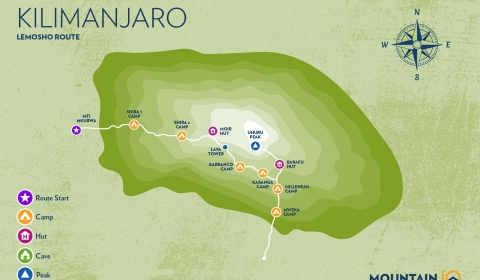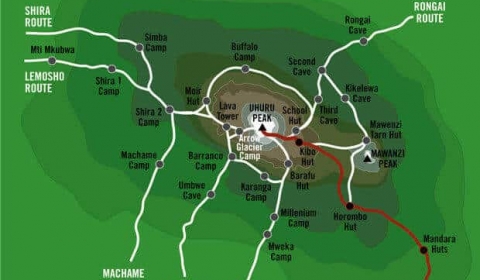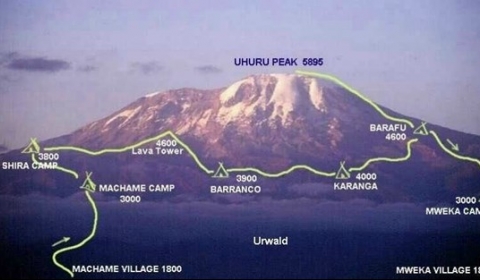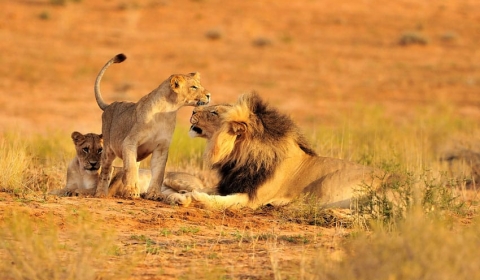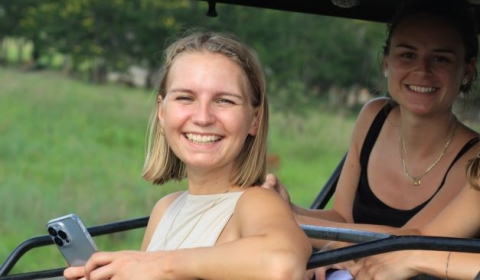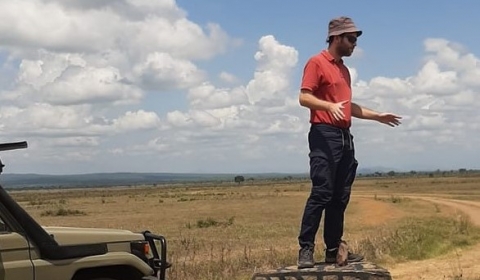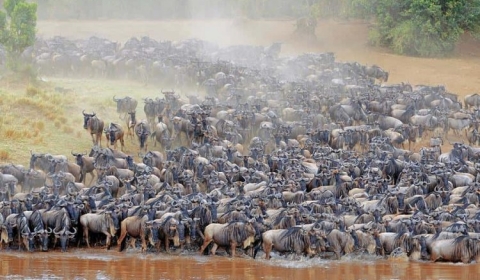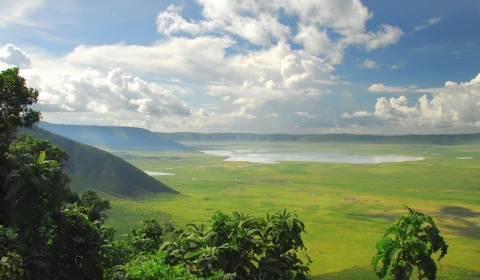It will be a fantastic experience, let's explore it all for you in Tanzania!
OFFICIAL NAME: United Republic of Tanzania
FORM OF GOVERNMENT: Republic
CAPITAL: Dodoma
AREA: 947,300 square kilometres
POPULATION: 47,173,000
OFFICIAL LANGUAGE: Kiswahili or Swahili, English
MONEY: Tanzanian shilling
FLAG:
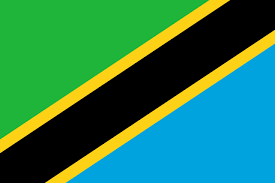
GEOGRAPHY
Tanzania is the largest country in East Africa and includes the islands of Zanzibar, Pemba and Mafia. Situated just south of the equator, Tanzania is bordered by the Indian Ocean and eight countries – Kenya, Uganda, Rwanda, Burundi, Democratic Republic of Congo, Zambia, Malawi and Mozambique.
This beautiful country is home to Mount Kilamanjaro, the tallest mountain in Africa. Three of the largest lakes on the continent are also found in Tanzania – Lake Victoria in the north, Lake Tanganyika in the west and Lake Nysa in the southwest.
PEOPLE & CULTURE
Tanzania’s population includes around 120 different African tribal groups. The largest group is the Sukuma, who live in the north-western part of the country, south of Lake Victoria.
The country’s earliest people were hunters and gatherers, who inhabited the land as far back as 5000BC. Around 800AD, traders moved to the country from India, Arabia and Persia (present day Iran), creating a diverse mix of peoples and cultures.
Today, about 90 percent of Tanzanians live in the rural areas and live off what they can grow on the land. In more recent years, however, people have started to migrate from the countryside to developing towns and cities.
Tanzania Facts
A range of different religions are followed across Tanzania. Approximately one third of the population are Muslim, one third are Christians, and the remaining third follow traditional African religions.
The country’s favourite sports are football and boxing.
NATURE
Tanzania has lots of amazing wildlife! Some of Africa”s most famous mammal species are native to this beautiful country, including the wildebeest, zebra, giraffe, elephant, rhino, lion and leopard. Crocodiles and hippopotamuses can be found along riverbanks and the shores of lakes, and giant turtles live off the coast, too!
Tanzania Facts - wildebeest
Tanzania has a number of important national parks and nature reserves – such as the Selous Game Reserve, where one of the largest populations of elephants live, and The Gombe Stream National Park, where animal expert Dr Jane Goodall carried out her famous research on chimps in their natural habitat. The Serengeti National Park, Tanzania’s oldest and most popular park for tourists, is home to over 1.7 million wildebeest and about a million other animals.
Sadly, many of Tanzania’s wildlife species are endangered or threatened due to illegal poaching.
GOVERNMENT
Tanzania has a president, who is the head of the country. Presidents are elected through a General Election, held once every five years. Zanzibar has its own President, assembly and laws.
Tanzania’s national and political capital is a city called Dodoma, located in the centre of the country. Until 1974, the capital was Dar es Salaam, on the east coast of Tanzania. Dar es Salaam is still the country’s biggest and richest city, and many government offices remain there.
HISTORY
African tribes have lived in the area that is now Tanzania for thousands of years. In the 18th century, Arab traders used the native people as slaves. During this time, Zanzibar became the centre for the Arab slave trade.
From 1890, Britain controlled Zanzibar, and Germany controlled Tanganyika (today an area in mainland Tanzania), until Britain gained full control of the region following World War II. In 1964 the independent nation of Tanzania formed when Zanzibar and Tanganyika merged as one.
Some of the world’s oldest human settlements have been found in Tanzania, at a site called Olduvai Gorge. The hundreds of fossilised bones and stone tools excavated here, are over two millions years old! These fossils have been important in the study of human evolution.

